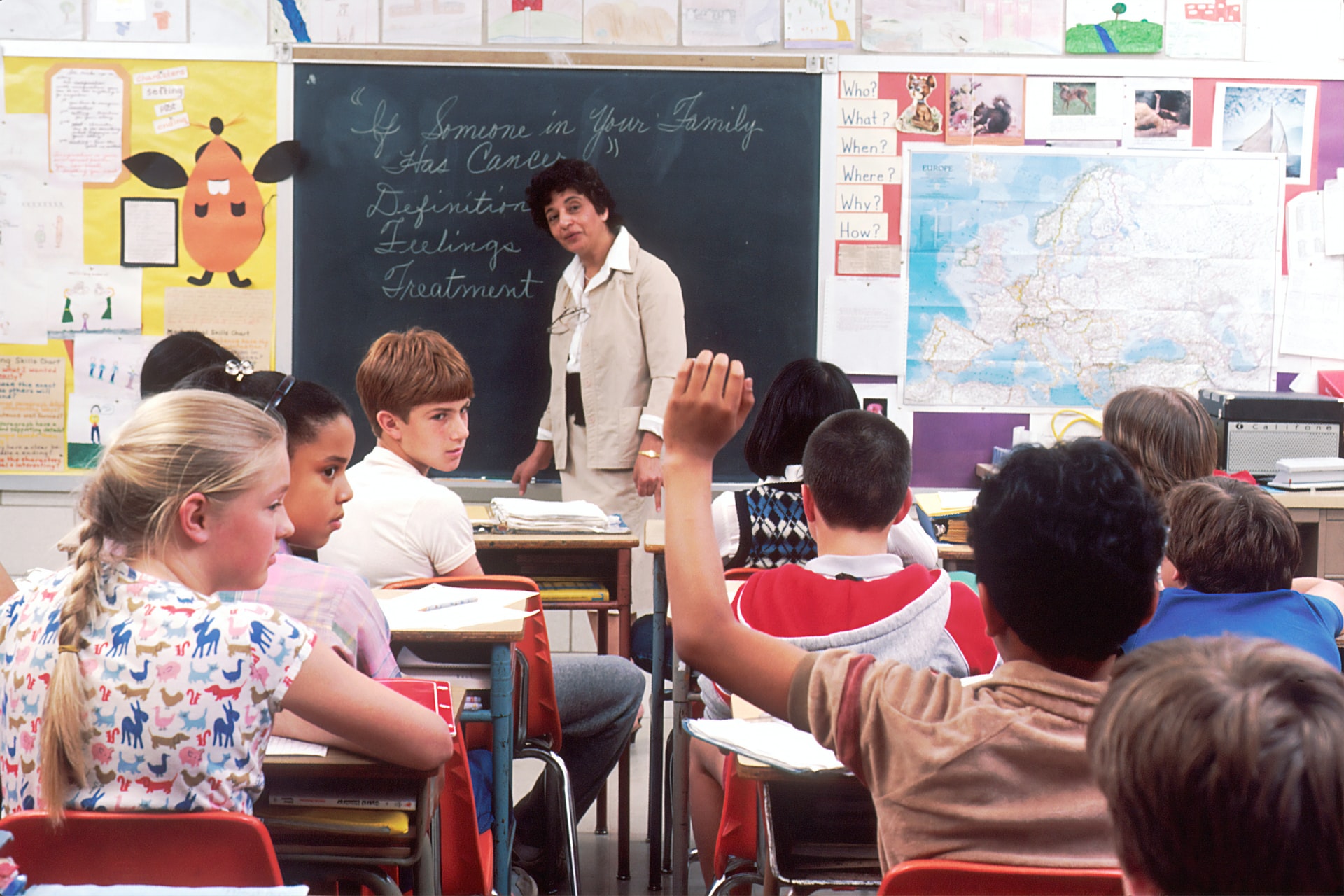K-12 Schools Around the World Tackling Social Injustice

Social justice is a broad term that includes the economic, social, political, and civic as well as the human rights aspects of society. The denial of these basic elements is what we call social injustice. Social injustice is the product of years of oppression and discrimination and often breeds resentment and anger towards certain groups in society. It is evident that social justice is a problem that is yet to be sufficiently addressed through the ever-increasing protests, boycotts, and even violence inflicted on certain groups.
There are a number of ways of addressing social injustice in society. These include civic engagement, legislation, and education. The role that education plays is quite significant. It is an empowering and equalizing tool that creates opportunities for economic empowerment as well as shaping better people for tomorrow. There have been student-led activism initiatives in recent years, which goes to show that schools are an effective platform for addressing social injustice as well as promoting change. A good example is the climate march, which saw thousands of students across the globe boycotting classes and taking to the streets to demand accountability and change.
What Schools Are Doing to Address Social Injustice
From the school curriculum to club activities, there are several projects and programs that schools have undertaken or introduced to push for social justice. Social justice is being talked about in schools through project-based learning initiatives.
Through project-based learning, students are encouraged to put the skills learned in the classroom to actual use. They can put their theory into practice in ways that allow learners to interact with not only their peers but also within the environment around them. In the case of social injustice, art and literature can be incorporated to create awareness as well as renounce social injustice. Students can create content that speaks against it for a class project or even entertainment. This way, they have a deeper understanding of this weighty issue.
Schools have encouraged activity-based learning that addresses issues of racism, gender inequality as well as social, economic, and environmental factors, all of which contribute to social injustice. Schools have also created spaces and opportunities for dialogue through debates to talk about everyday issues, including social injustice. It may not be enough to just talk about the problem, but creating awareness through thought-provoking conversation gives a better understanding of the urgency of the situation as well as what can be done to solve the problem.




